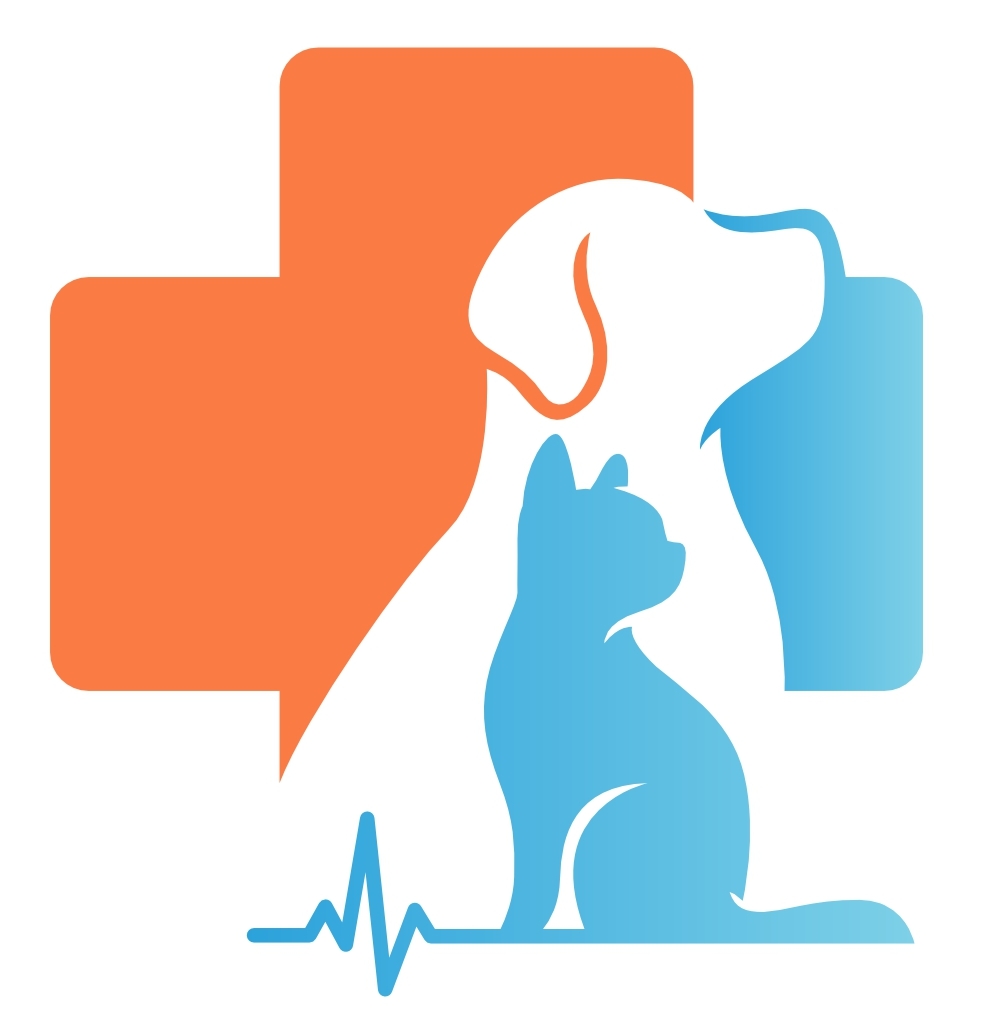Anemia in Cats
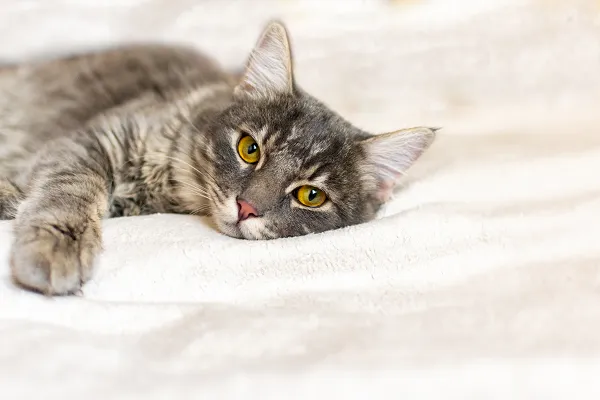
Anemia is a medical term that refers to a reduced number of circulating red blood cells, hemoglobin, or both. It is not a specific disease, but rather the result of some other disease process or condition. The most easily observed and common clinical sign of anemia is a loss of the normal pink color of the gums. Several tests are performed on blood samples to diagnose anemia. If your cat’s anemia is so severe that it is life threatening, a blood transfusion will be needed.
Anal Sac Disease in Cats
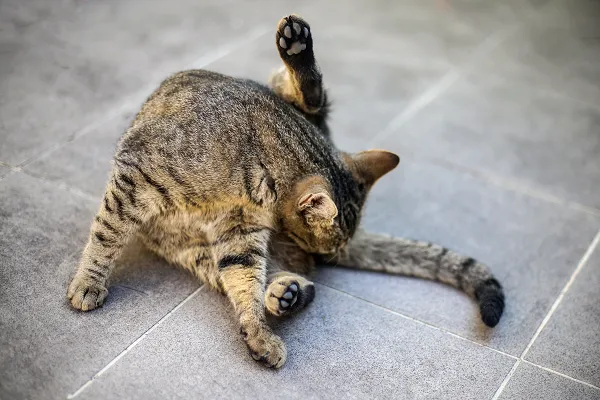
The anal sacs are two small pouches located on either side of the anus. The walls of the sac produce a foul-smelling fluid that is released when a cat passes a bowel movement. The anal sacs or their ducts can become inflamed or infected due to a variety of causes. Most cats will respond well to pain relief medications and antibiotics. If a cat has several episodes of anal sac disease, and dietary changes and supplements or medication do not relieve the problem, the anal sacs can be removed surgically.
Amyloidosis in Cats
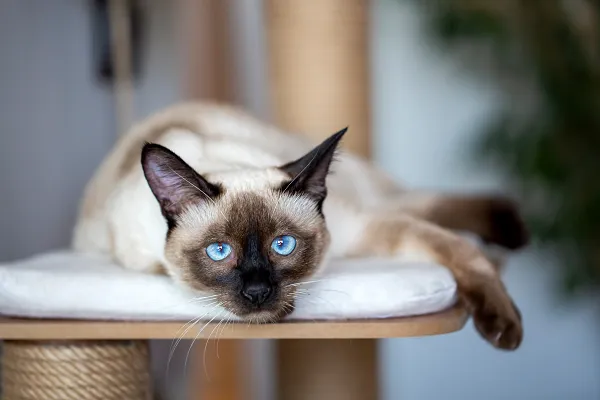
Amyloidosis occurs when amyloid proteins are deposited outside cells in various tissues and organs causing tissue and organ dysfunction. It is uncommon in cats, except for Abyssinians, Siamese, Burmese, Tonkinese, Devon Rex, and Oriental shorthair breeds. Signs depend on the organs involved, but kidney involvement is most common. If kidneys are involved, signs include mouth ulcers, weight loss, vomiting, and dehydration. For cats with liver involvement, signs include weakness, pale gum color, distended abdomen, rapid heart rate, rapid breathing, abdominal pain, and collapse.
Allergies in Cats

An allergy occurs when the cat’s immune system overreacts or is hypersensitive to foreign substances called allergens. There are four main types of allergies in cats, namely flea allergy, atopic dermatitis (atopy), food allergy, and contact allergy. They share common physical expressions and signs in cats, and each has unique features.
Addison’s Disease in Cats
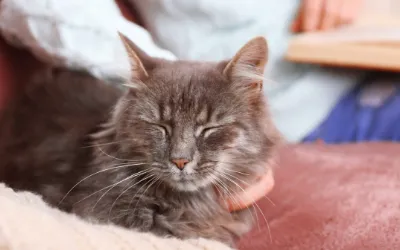
Addison’s disease, also known as hypoadrenocorticism, is a condition in which the adrenal glands do not produce enough glucocorticoids (steroids) and is considered rare in cats. When normal adrenal gland tissue is destroyed, cats often have a history of waxing and waning periods of lethargy, decreased appetite, and weight loss.
Abscesses in Cats
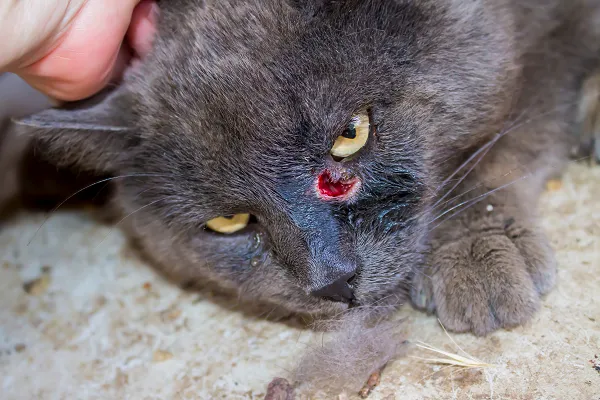
An abscess is a pocket of pus located somewhere in the body. Abscesses can be located superficially or deep within the body tissues. Typically, an abscess appears suddenly as a painful swelling (if it is not located inside a body cavity or deep within tissue). A cat with an abscess will often have a fever, even if the abscess has ruptured and drained to the outside of the body. One of the most common causes is a bite from another animal, but internal abscesses have other risk factors. Treatment involves removing the pocket of pus by drainage or surgery, as well as antibiotic therapy. Delayed or inadequate treatment may lead to chronically draining tracts in the tissue or even to organ system compromise, so it is important to follow all treatment instructions from your veterinarian.
Amoxicillin

Amoxicillin is given by mouth and is used on and off label to treat certain bacterial infections in a variety of species. Common side effects include gastrointestinal effects such as lack of appetite, vomiting, and diarrhea. Do not use in pets that are allergic to it or other penicillins, cephalosporins, or other beta-lactam antibiotics, or in rabbits, guinea pigs, chinchillas, hamsters, or other small mammals. If a negative reaction occurs, please call your veterinary office.
Ammonium Chloride

Ammonium chloride is used off label and given by mouth to treat metabolic alkalosis, struvite stones, and certain toxicities occasionally in small animals and more often in large animals. The most common side effects include pain at the injection site or stomach upset if given by mouth. Do not use in pets with severe liver, kidney, heart, or lung disease. If a negative reaction occurs, please call your veterinary office.
Amlodipine

Amlodipine is given by mouth and is used on and off label to treat high blood pressure in cats and dogs. Common side effects include vomiting, diarrhea, lack of appetite, sleepiness, or gingival (gum) overgrowth. Do not use in pets that are allergic to it, are in shock, have aortic stenosis, or are in liver failure. If a negative reaction occurs, please call your veterinary office.
Amitriptyline

Amitriptyline is used off label and given by mouth to treat behavioral and pain disorders in dogs, cats, and occasionally birds. Common side effects include sedation, dry mouth, constipation, and urinary retention. This medication should not be used in pets sensitive to TCAs, seizures, or pets currently using MOIs or flea collars. If a negative reaction occurs, call your veterinary office.
